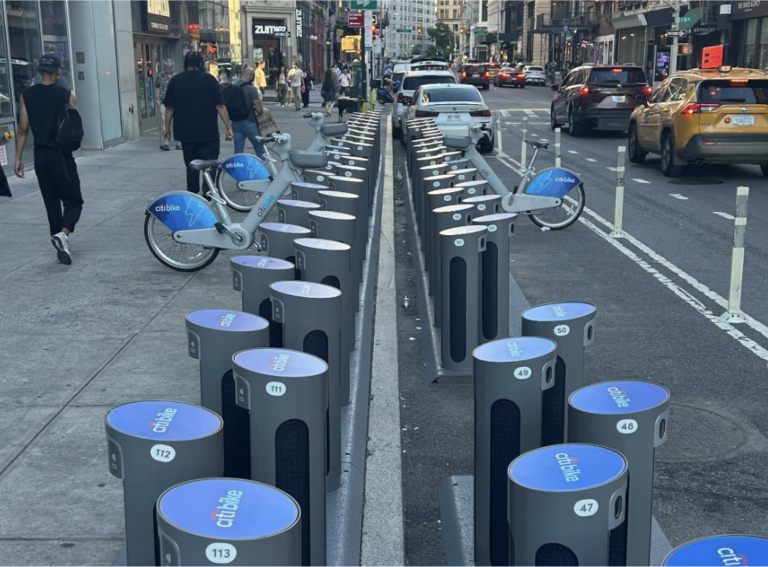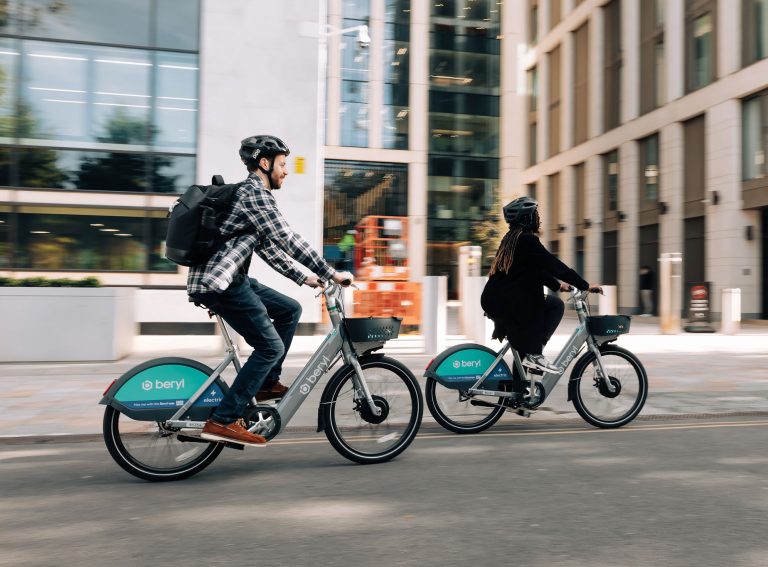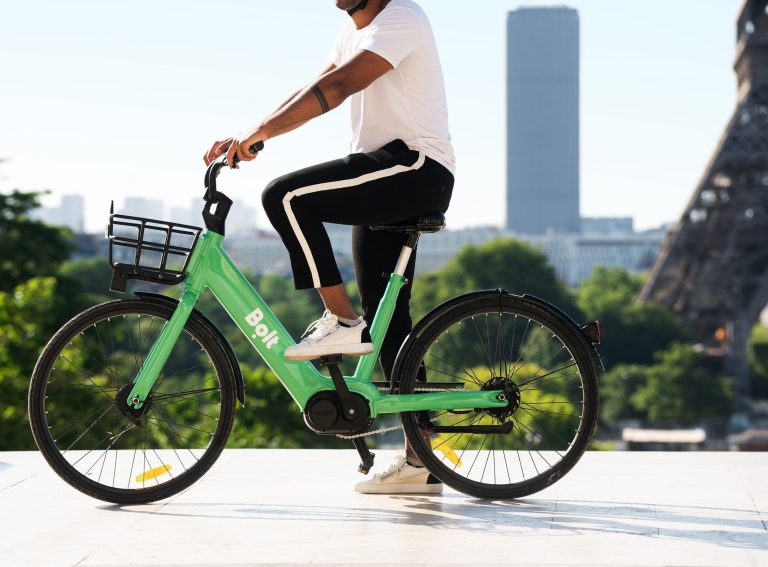In a new series of Opinion pieces, Zag’s asking micromobility leaders from across the industry to share their response to the recent evaluation report from the Department for Transport (DfT). Undertaken by Arup, it provides the most detailed analysis of the UK e-scooter trials to date.
We open with views from George Beard, Head of New Mobility at the Transport Research Laboratory (TRL).
This month the DfT published the eagerly awaited evaluation report for the national shared e-scooter trials. This evaluation is a significant undertaking – arguably one of the most systematic and comprehensive studies of e-scooter user adoption, behaviour, safety and impact to date, and the authors and contributors should be commended for their efforts. The output is a highly detailed report with some fantastic insights.
Two of the key findings from this report jump out at me in particular, as I expect these may be some of the more contentious and debated points:
Mode shift and the environmental impact: ‘E-scooters substantially reduce active travel’ (?)
Clearly, a key objective for new mobility modes such as e-scooters is to support our global mission to decarbonise transport. This requires that, firstly, the new mode in question is low carbon in it’s own right, and secondly, that said new mode is successful at replacing trips which were otherwise being taken by high(er) carbon modes. The former area was not analysed in detail as part of this evaluation, though discussion is included regarding the life cycle emissions of e-scooters; manufacturing, energy use, charging operations and battery design being key sources of emissions. Obviously, E-scooters produce no emissions at the point of use; a key part of their appeal. For the latter area, direct data on mode shift is included; from circa. 1.8m post-ride survey responses captured between March and December 2021, it appears that most e-scooter journeys would otherwise have been walked (42-51%), driven by car or taxi (12-21%) or would not have been made at all (9-22%).
This finding is easy to turn into an attention grabbing headline: ‘E-scooters substantially reduce active travel’ (or something snappier). But this needs unpicking. Firstly – there is a downward trend observed in the data – 42% of journeys in December 2021 would have been walked compared with 51% in March 2021. This may be due to a novelty effect, as the authors point out. It is understood that data have been collected throughout 2022 as well – what are the latest figures showing, I wonder? Has that downward trend continued? Hopefully DfT will share this in future.
Secondly – it is not a surprising finding. International studies have found the same thing, and also it makes intuitive sense. We live in a ‘time-poor’ society where many of us are in a rush – if an e-scooter is easily accessible and it can shorten your journey (particularly a commute), and/or make it easier or more fun, by avoiding a walk – then it’s quite obvious why it would be tempting. Thirdly – we absolutely need a step-change in our transport system and we’re not going to get it right first time. Maybe we need to take an intermediary hit on fewer journeys being walked in exchange for a 10-20% reduction in car trips? E-scooters are clearly not a panacea and they were never going to be – but maybe they can cream a bit off the top and something else can take a stab at the rest. Whatever the new mobility mode in question, there is bound to be a trade-off, and we will need to decide what level of trade-off is acceptable. To make that judgement though we could do with understanding the NET benefit/disbenefit on emissions which has been realised from these trials – this is currently missing from the analysis. The report states that “A total reduction of 269 to 348 tonnes of CO2e (to December 2021) across the five case study areas was estimated based on a reduction of 1.2 to 1.6 million km travelled by car, due to modal shift from cars to rental e-scooters”. However, it is also acknowledged that the analysis does not capture the potential increase in emissions associated with “the life cycle emissions from rental e-scooters, additional trips that would not otherwise have been made, and the modal shift from walking and cycling to e-scooter use”. A question for future research.
The casualty rate – ‘E-scooters are three times more dangerous than cycling’ (?)
The safety of e-scooters has been one of the most debated topics over the last few years and there remain many unanswered questions. A critical challenge across all markets has been a lack of good quality data to understand e-scooter collisions and casualties. To do this properly you need A) a reliable record of e-scooter collisions and injury severities, and B) a reliable record of exposure – i.e. the amount that e-scooters are used, so that the collisions and casualty records can be assessed in the context of their use.
The DfT’s evaluation has given this a really good go – using official STATS19 records for part A and data on trip mileages from the e-scooter operators as part B. The end result is an estimated rate of 13 e-scooter casualties per million miles travelled, against a comparison of 3.9 cyclist casualties per million miles travelled – quite the headline which raises some concerns! But, by their own admission, the authors rightly warn that this figure needs to be treated with some caution – reliable safety data are still limited, even with the scale of this national evaluation. Of particular note is that the STATS19 data used here were only from 6 of the 32 trial areas, since the police in these 6 areas distinguished between trial and private e-scooters in their incident reporting, which still relies on completion of a free-text box to record a collision as involving an e-scooter at all. What would the casualty rate have been if data had been available for all 32 trial areas? And what will it be when the 2022 data are considered? The latest data will be particularly useful here to test the hypothesis that there may be a novelty effect contributing to high(er) incident rates.
In my view, the biggest conclusion from this therefore is not the estimated e-scooter casualty rate being three times higher than that for cycling, but that we simply MUST get better at recording safety data for this new mode (and others) so we can get a proper handle on what is going on.











